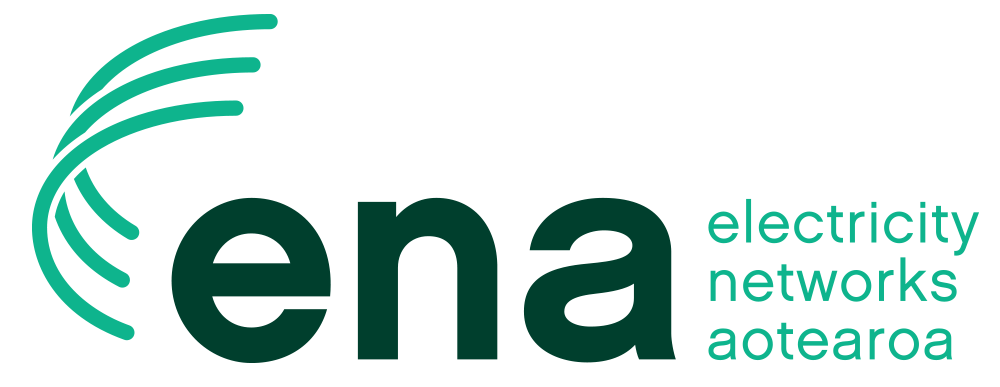Your power bill broken down
News | 17 July, 2017
Every dollar you pay for your electricity can be broken down into five main cost components.
- Around 30 percent covers the cost of producing the power - the wholesale generation price.
- Ten percent covers the cost of getting the electricity from where it was produced to your local area. This covers the cost of maintaining and operating the national grid, and goes to government-owned company Transpower.
- Just over a quarter (26 percent) goes to your local distributor or lines company. Your local distributor takes the electricity from the national grid and gets it to your home or business. They are also responsible for maintaining the poles and wires in your community - and fixing faults or outages when they happen.
- Around 20 percent goes to your chosen electricity retailer and the company that reads and maintains your electricity meters, covering the administrative costs of selling you electricity and billing.
- The other thirteen percent is the GST component in every dollar.
The final bill that consumers see is comprised of:
- a daily fixed charge (based on a fixed rate per day) displayed as cents per day. It covers meter rental, meter reading costs and usually a fixed fee charged by the lines and retail companies.
- a variable charge (based on power usage). Usage is displayed as units or kilowatt hours kWH, while the variable rate is displayed as cents per unit or kilowatt hours c/kWH.
GST is charged on the total of the fixed and variable amounts. Many bills also include a discount for prompt payment.
Consumers who use less than average electricity over the year (less than 8,000 kWh per year in the North Island or less than 9,000 kWh per year in the South Island) are currently entitled to choose to pay a low fixed daily charge for electricity at their primary place of residence.
This charge is 30 cents per day split between the retailer and the lines company. People choosing to pay the low fixed daily charge will in turn pay a higher rate for the electricity they actually use.
For information on the best prices in the market, visit the Consumer Powerswitch website.


